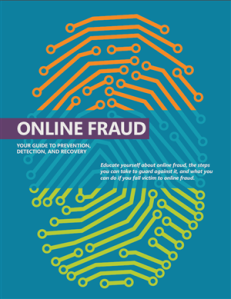Online Fraud: Your Guide to Prevention, Detection, and Recovery
As we near the end National Cyber Security Awareness Month 2012.we continue our focus on the problem of online fraud. Online schemes victimize millions of unsuspecting people every year. In the United States alone, the FBI’s Internet Crime Complaint Center recorded 300,000 fraud complaints last year with an adjusted dollar loss of nearly half a billion dollars.
Earlier this month, Microsoft released our Scam Defense Survey, which revealed that the top five most common scams encountered by adults in the U.S. were lottery scams, advance-fee fraud, phishing attacks, and fake anti-virus alerts. The results demonstrate the need for individuals to take action and help safeguard their digital lifestyles by highlighting the evolving complexity and sophistication of these schemes. Case in point: 62 percent of people surveyed said they doubt they’ll ever fall victim to an online scam, yet only 12 percent said they feel fully protected.
Today, Microsoft is releasing a new 12-page booklet to arm consumers with the knowledge they need to help avoid the most common types of online scams.
Online Fraud: Your Guide to Prevention, Detection, and Recovery
contains practical online safety tips and advice for consumers, including:
Online Fraud Prevention. Tips to help recognize suspicious e-mail messages, and ways to help protect sensitive information, and strengthen computer defenses.
Online Fraud Detection. Clues that point to online fraud victimization, identity theft, and malware infections.
Online Fraud Recovery. Advice for restoring a compromised computer, and rehabilitation from identity theft.
This visual guide includes images and descriptions of the most common types of online fraud, as well as a list of informative online safety resources.
While October marks NCSAM, protecting yourself from online risks should be a year-round effort. Get proactive now, and learn how to help shield yourself and your family from fraud, scams, and other online risks.
At Sentropi, we encourage individuals and organizations around the globe to do their part. We create and offer a large collection of materials on our Safety and Security website, and we regularly post new guidance and tips to our social media properties: Facebook, Twitter, and YouTube.